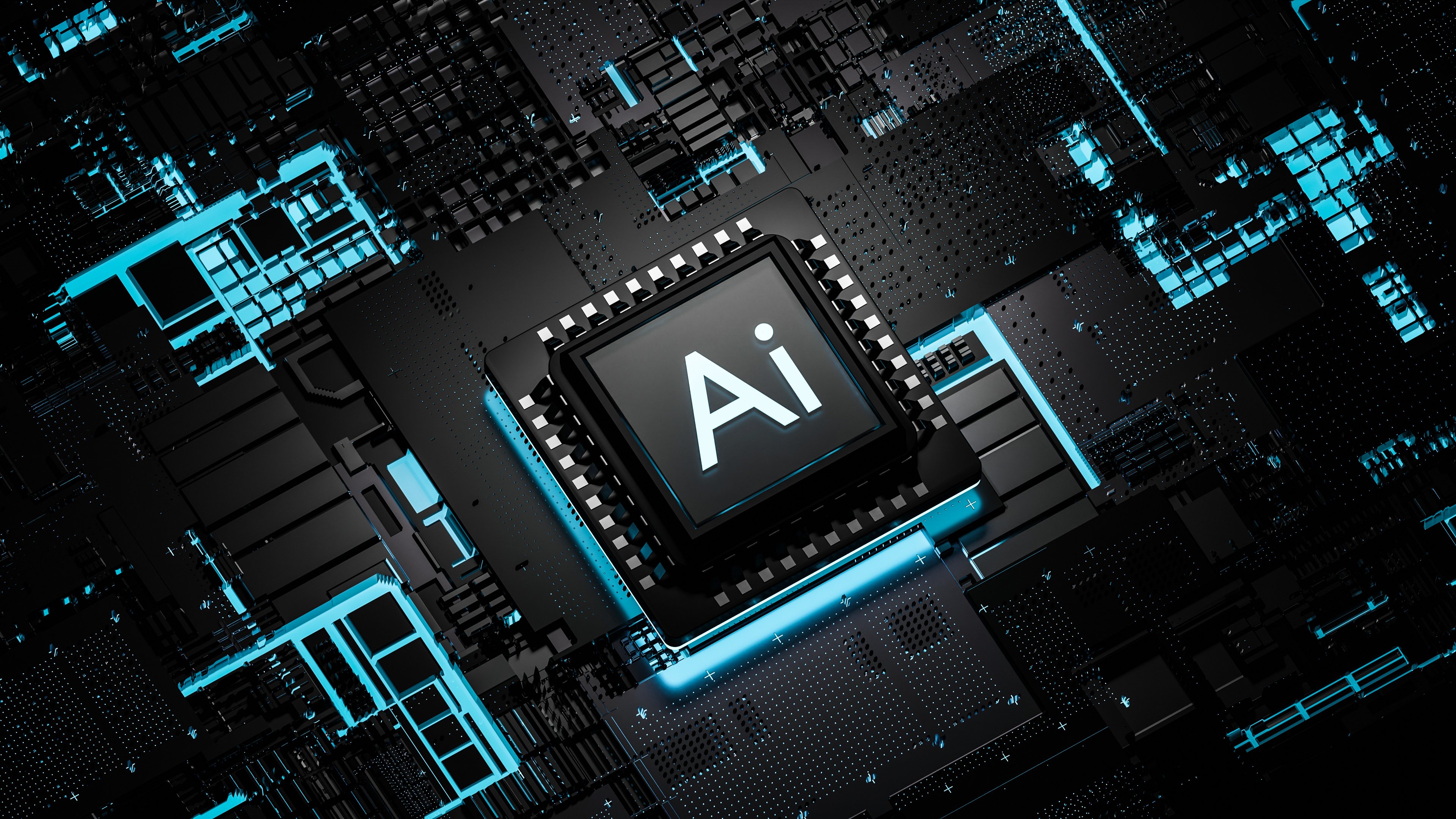Artificial intelligence (AI) development requires a significant amount of computing power, which is why most of it happens inside gigantic data centers. This infrastructure includes thousands of advanced chips from suppliers like Nvidia and Broadcom. Together, those two companies have created trillions of dollars in value for investors over the last few years.
Now, the AI boom is starting to reach smaller pockets of the semiconductor industry. Corning (GLW +1.06%) has manufactured the glass for Apple's iPhone since 2007, and it supplies some of the best fiber optic cables for connecting AI data center chips, which leads to faster processing speeds.
Demand for Corning's hardware is soaring right now, propelling its stock to a 90% gain in 2025 so far. It's handily beating Nvidia and Broadcom, which have returned 46% and 59% this year, respectively. Here's why it's not too late to buy.

Image source: Getty Images.
Corning's data center opportunity is growing rapidly
To deliver the necessary computing power for AI workloads, data centers use a complex hardware stack that includes graphics processing units (GPUs), central processing units (CPUs), storage chips, and high-bandwidth memory. Information needs to travel among those components as quickly as possible so GPU and CPU chips can operate at maximum efficiency, which leads to faster processing speeds and lower costs.
Fiber optic cables can transmit data at much faster speeds and over significantly longer distances than traditional copper cables, with minimal data loss. Corning is the inventor of low-cost optical fiber, and it remains the technology leader in this space. It also has low-cost production facilities in the U.S., so it isn't subjected to import tariffs and trade restrictions like other suppliers that outsource their manufacturing overseas.
The size of Corning's data center opportunity is growing rapidly. A single Nvidia Blackwell NV-Link data center node contains 72 GPUs, and it typically uses around 2 miles of copper cable. Not only are data center operators transitioning away from copper in favor of fiber optics, but the size of each node is also gradually scaling up to hundreds of GPUs, which will require significantly more cable per node overall. Corning CEO Wendell Weeks expects his company's opportunity in this space to double or even triple over time.
Corning's optical communications revenue is surging
Corning generated $4.27 billion in core revenue during the third quarter of 2025 (ended Sept. 30), beating management's forecast of $4.2 billion. It represented growth of 14% from the year-ago period, which marked an acceleration from the 12% growth the company delivered in the second quarter three months earlier.
That momentum continues to be driven by Corning's optical communications segment, which generated $1.65 billion in revenue during the third quarter, soaring by 33% year over year. Specifically, enterprise optical communications revenue rocketed higher by 58% thanks to strong AI-led demand.

NYSE: GLW
Key Data Points
The optical communications segment also delivered $295 million in net income, which was up by 69%. Since demand is so strong for the company's cables and equipment, it can charge higher prices, which is significantly boosting its profit margins. It accounted for over half of Corning's total core profit of $585 million, which highlights how crucial AI has become to the business overall.
Corning stock still has room for upside
Corning generated earnings of $2.38 per share over the last four quarters on a non-GAAP basis, placing its stock at a price-to-earnings ratio (P/E) of 37.4. That makes Corning much cheaper than many of the other leading suppliers of chips and components in the semiconductor space:
- Nvidia: P/E ratio of 56.9
- Broadcom: 58.7
- Advanced Micro Devices: 74.2
Data center operators could spend between $3 trillion and $4 trillion upgrading their infrastructure to meet demand from AI developers by 2030, according to Nvidia CEO Jensen Huang. Clusters of over 100,000 GPUs have become the norm for many top data center operators, and the numbers are only growing. Oracle's Stargate project could use clusters of over 800,000 GPUs, and Elon Musk's xAI is working to scale its Colossus supercomputer to 1 million GPUs.
These projects could require tens of thousands of miles of cabling, which will create a substantial opportunity for Corning. As a result, this stock might still be a great long-term buy despite its 90% gain this year already.





